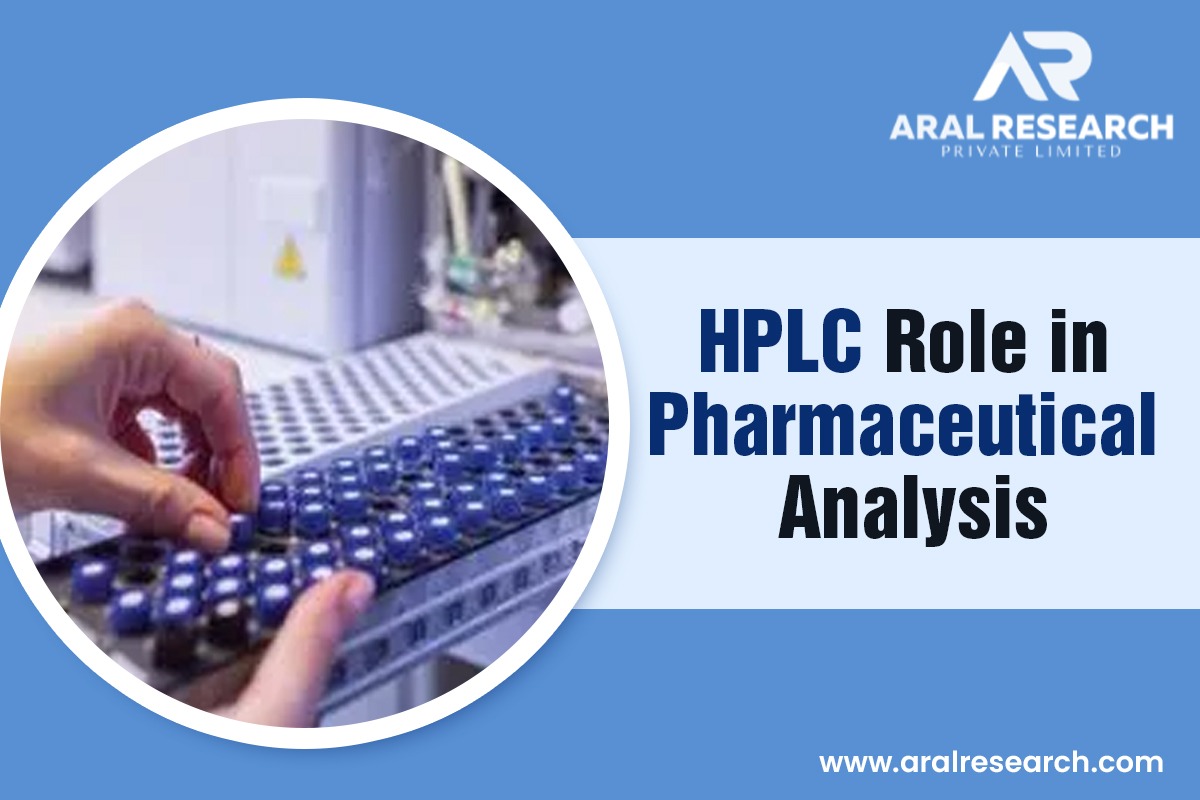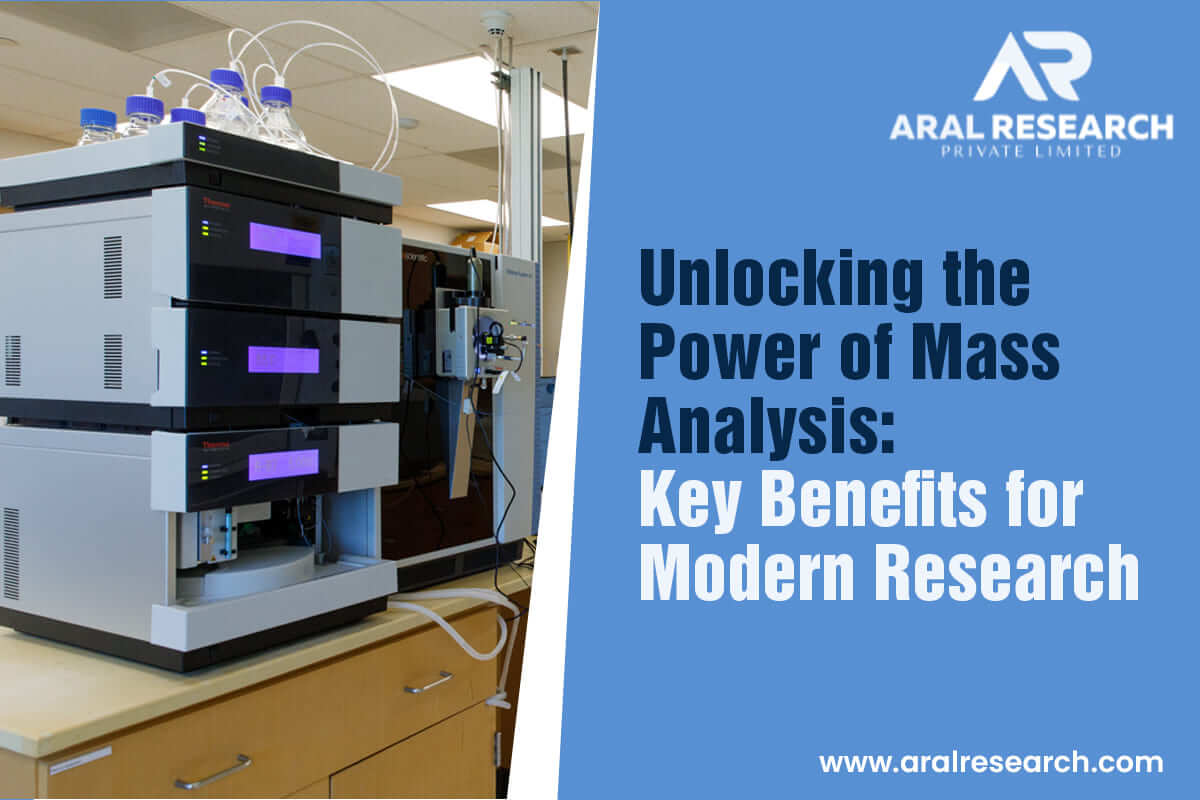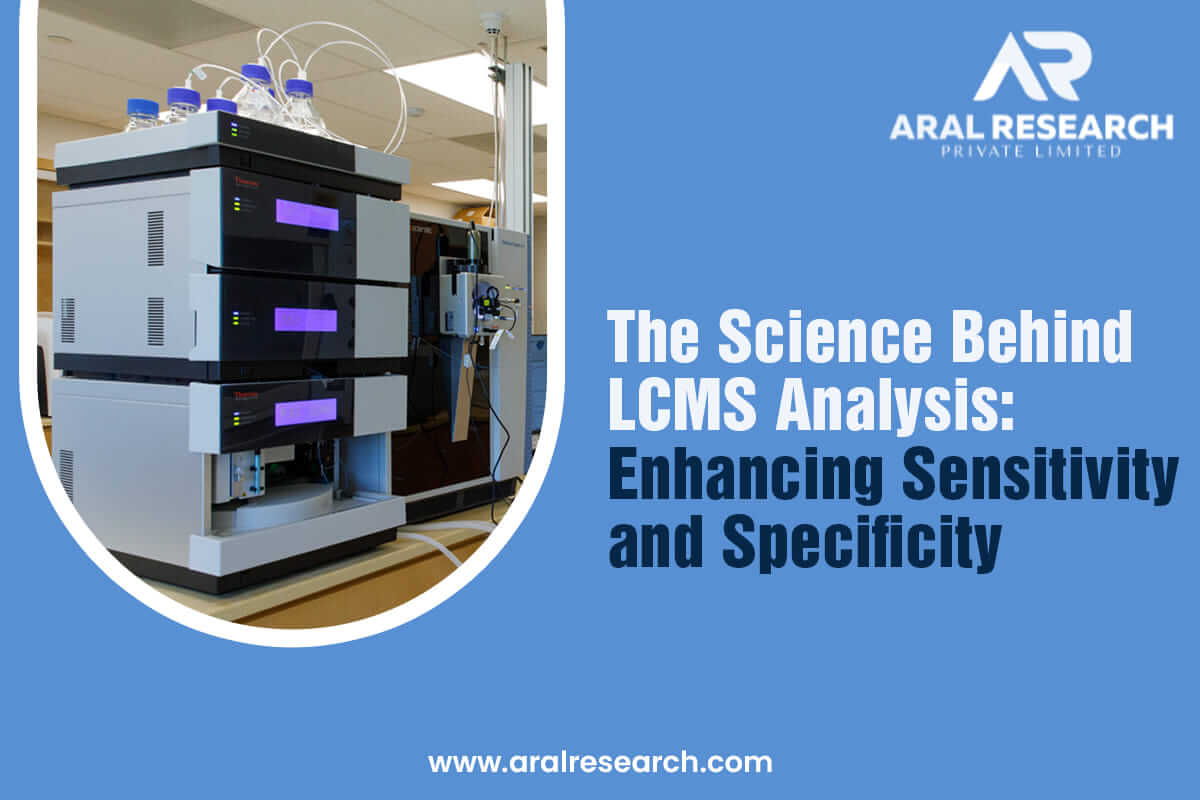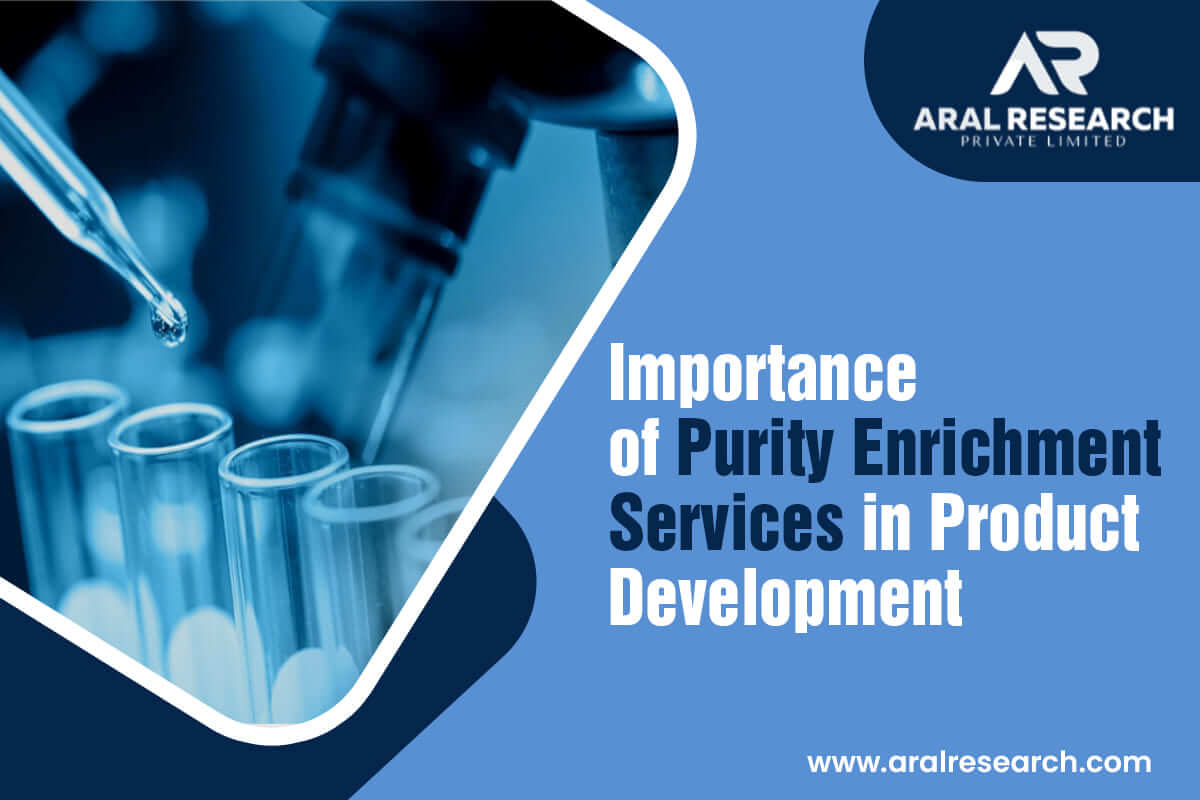Detailed analysis of chemical compositions provides valuable information. This allows chemical problem-solving, supports R&D efforts, and most importantly, enhances the quality and safety of the chemical formulation of products. Purity enrichment analysis is the application of various analytical techniques to get detailed data on the chemical structure and concentration of the components in the sample of interest. This helps in product development, the concentration of specific components like APIs that impart a specific function to the product, and solving manufacturing problems. With Aral Research, you can be confident in the quality and safety of your chemical compounds.
Purity Enrichment for Chemical Compounds
Purity enrichment plays a crucial role in different stages of research and development in chemical development. It involves the identification and isolation of unknown materials in chemicals, polymers, packaging, and other materials. To ensure the quality and safety of chemical compounds, various analytical techniques like gas or liquid chromatography, mass spectrometry, preparative LCMS, and other methods are used. Aral Research has a broad spectrum of analytical services to characterize unknowns and impurities to produce reliable results. We employ gas chromatography, mass analysis, and purity by HPLC in Ahmedabad to detect irregularities, trace levels, and impurities in our state-of-the-art laboratory.
Purity Enrichment for Diverse Chemical Compounds
- Agrochemicals & Pesticides: These chemical-based products play a pivotal role in global food production; however, regulatory hurdles can lead to market delays. We employ advanced analytical services like impurity screening by LCMS to achieve a well-characterized product.
- Basic & Industrial Chemicals: Chemical raw materials from petrochemicals, basic organics, and intermediaries for chemical processes need to comply with quality and regulatory standards. We can assist you in quality control testing and impurity analysis and guide you through the process.
- Speciality Chemicals: Speciality chemicals or performance chemicals are used as an ingredient in the final product to improve the manufacturing process. Our team tests the chemical composition and physical properties of your speciality chemicals to meet and exceed quality and safety and ensure optimal performance characteristics.
- Pharmaceutical Chemicals: We provide analytical services for API, NCEs, and drug product formulations that can affect the final stability and shelf life of medical compounds.
The presence of impurities and unknown components at even trace levels can impact the final product. Aral Research, with its years of experience and commitment to excellence, can assist you with purity enrichment to identify the impurities and unknown components. Our team is adept at solving the toughest and most challenging analytical problems. Our lab is equipped with the most advanced instruments for mass analysis, lyophilisation, and HPLC service in Ahmedabad. We employ proven methodologies to efficiently isolate and identify a component to determine the source of impurity. To discuss your research and analysis requirements, call us today.
Visit Today:- How is HPLC Used in the Medical Sector?










